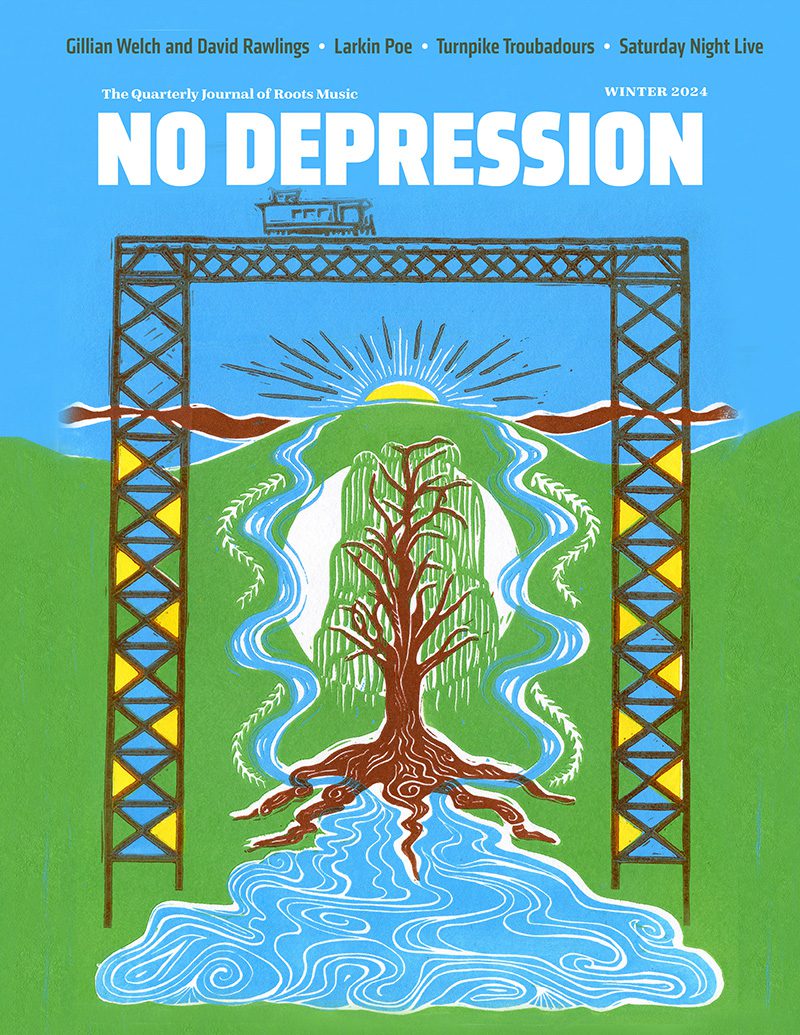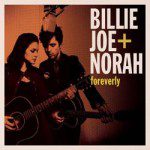The Rolling Stones: All Six Ed Sullivan Shows starring the Rolling Stones 1964-1969
The Rolling Stones: All Six Ed Sullivan Shows starring the Rolling Stones 1964- 1969
SOFA Entertainment
November 1
By Grant Britt
America has always loved televised variety shows. Even though the only current one, America’s Got Talent, is a competition, the audience numbers the show puts up reveal that the concept is still wildly popular. But from the late forties until the early seventies, the Ed Sullivan Show was the premiere showcase for talent of all kinds. It was often a bizarre spectacle, with acrobats,comedians, animal acts and popular singers of the day rubbing shoulders on the Sullivan Theatre stage, now home to the David Letterman show.
SOFA Entertainment has collected 6 complete episodes of the show featuring the Rolling Stones appearances from ’64- ’69. It’s a fascinating look at the band evolving from clean -cut looking pop stars to rag tag rockers in the space of only 5 years.
Its also a retro time travel odyssey featuring an astounding mix of entertainment seldom seen outside a circus. On the ’64 show, following a violinist introduced by Sullivan as “young Israeli star” Itzhak Perlman, a comedy routine by Ben Stiller’s mom and dad, and one- legged tap dancer Peg Leg Bates, Sullivan finally brings on the Stones. Opening with Chuck Berry’s “Around and Around ” wif Keef in a suit,The Stones sound stripped down and sparse, but the feel was there and there wasn’t a dry seat in the house full of screaming 13 year old girls. “Stop it,” Sullivan barks at the teenie screamers while trying to talk about Rex Harrison in an unlikely pairing with the Dave Clark 5 for a upcoming show. After a break for some Austrian tumblers and Phyllis Diller, Sullivan finally lets the Stones loose for their rendition of Irma Thomas’ “Time Is On My Side,” with Jagger for one of the few times in his career turning in a performance free of histrionics, looking relaxed and comfortable as he smirks his way through the tune, one leg jiggling to the beat.
When they come back in ’65, Jagger’s more mobile for “May Be The Last Time,” even though the band still dresses like pop stars, with Mick in a sport coat over a plaid flannel shirt buttoned to the neck looking like a refugee from Hee Haw with a haircut that looks like one of Carrot Top’s old wigs. But Keef spoils the popstar look in closeups revealing that he was need of some dental attention with gaps big enough in his smile to drive a van through, stepping out in front now to take a twangy solo, taking the spotlight away from visibly fading founding member Brian Jones, who looks tired and wasted.
When the Stones visited Sullivan in ’66 in color, Jagger was developing into the androgynous shaman he would become by the ’70s. Sharing the stage with Louis Armstrong singing “Cabaret” and Joan Rivers talking smack about herself, the Stones had begun their psychedelic period, delivering “Paint it Black,” “Lady Jane,” and “Have You Seen Your Mother Baby Standing in the Shadows,” still dressed smartly like pop stars with Keef in the uniform of some army only he could command.
1967 was an interesting time, as evidenced by the lineup of cloggers, Muppets and 44 Benedictine nuns singing “Kumbaya” preceding the Stones onstage. The lyrics to “Let’s Spend the Night Together” were considered too suggestive to sing live, so Jagger had to mumble “lets spend some time together,” rolling his eyes at the ridiculousness of it all, letting the squalling teenies in the audience know his real goal is spending the night with them. Keef takes a turn at the piano for a glittery runthrough of “Ruby Tuesday,” with the band sounding more Beatles than Stones.
By their last appearance in ’69, sharing the bill with Ella Fitzgerald and Rodney Dangerfield and a tiger riding a horse, the band had dumped Brian Jones for Mick Taylor and Jagger had left pop behind in dress an manner, looking very androgynous in a swirly robe and flower bedecked choker. Keef sports the scruffy locks and I-haven’t -slept-in-a-week look that would define him from here on. But still the times demanded some compromises.“Gimme Shelter” is tamed for TV, the “rape, murder” screams of Merry Clayton edited out of the backing track. Robert Johnson’s blues classic “Love in Vain” lacks any grit, with Jagger looking and acting as girly as his screaming thirteen year old audience. But by the time they slam into “Honk Tonk Women,” he’s morphed into a full blown, prancing frontman, his band’s journey from pop to rock icons complete.
It’s a perfectly preserved slice of sixties life, complete with commercials, and a rare look at the evolution of the world’s foremost rock and roll band, as spell binding for those who lived though it as it is for those who wish they could have.




